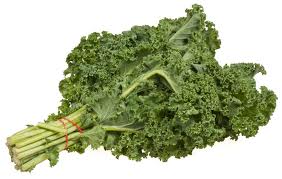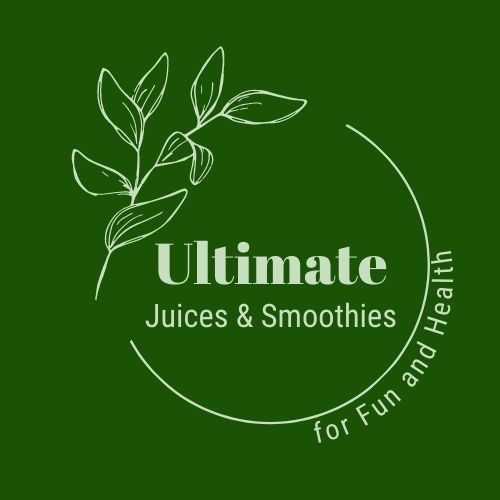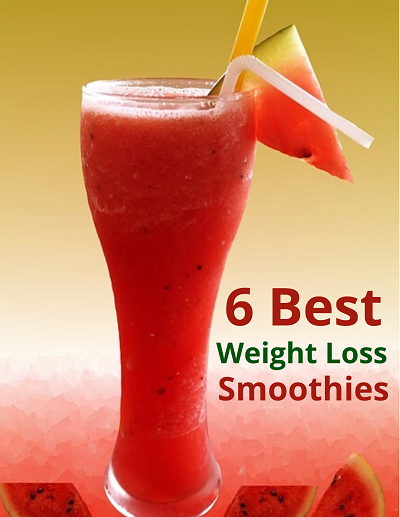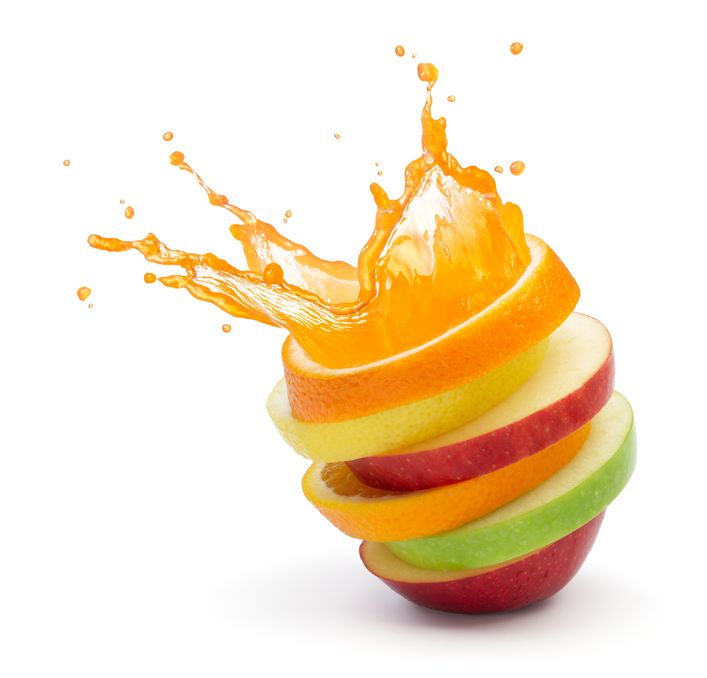Which Green Leafy Vegetables Are Best For You?
I can remember my mother constantly telling me “eat your greens”. The greens in question were green leafy vegetables (which I hated). Actually back then, I didn’t enjoy food at all – I was a pathetically picky eater (to the despair of my long-suffering mother).
Now I know just how important it is to eat green leafy vegetables regularly – and it doesn’t matter whether you eat them in a salad, or drink them in a green smoothie or juice.
Let’s see just how healthy they are.
Types of Green Leafy Vegetables
 There are a surprising number of different types of greens to choose from. Here are a few of the most nutritious varieties that you eat raw or throw into your juices and smoothies:
There are a surprising number of different types of greens to choose from. Here are a few of the most nutritious varieties that you eat raw or throw into your juices and smoothies:
- Kale. This is a powerhouse of nutrition that has everything you need in a green. It has lots of vitamin C, vitamin A, and vitamin K as well as calcium, potassium, and folate. Kale can be cream-colored or blackish, depending on the variety you choose. Use kale instead of bread and buns in burgers and sandwiches for a low calorie, low carb meal.
- Collards.These green leafy vegetables look similar to kale, and taste more like cabbage. They have a chewy texture. Collard greens contain only 25 calories in a half-cup serving, so you can eat lots if you wish.
- Turnip greens. These are the tops of turnips and are just as good as the vegetable itself. They are more tender than other types of greens so they are really quick to cook.
- Swiss chard. This has red stalks, veins, and stems on the leaves and it tastes a lot like beets. It is a great green to sauté and has only about 15 calories per half-cup serving. It can bind to calcium so it doesn’t cause kidney stones.
- Spinach has only about 20 calories per half cup serving and has plenty of vitamin C and vitamin A for better health. It also is high in folate. It reduces its oxalate content on heating so it is actually better for you cooked than raw.
- Mustard greens. These are quite similar to collard greens and turnip leaves. They come in green and red varieties. These greens give off a smell like mustard when cooking and should be toned down by adding lemon or vinegar, which provide acidity.
- Broccoli.Yes, this is a green, too. It contains only 25 calories per serving and is high in vitamin A and vitamin C. It is great in stir-fries, where it adds a crunchiness. It can also be eaten raw, in salads or as a snack with low fat dip. Broccoli goes great over pasta, in soups and in casseroles. It is one of nature’s best plant foods.
- Romaine lettuce. This wonderful crunchy lettuce comes in red and green leaves and is great for salads, sandwiches and even juicing or smoothies. Nutritionally, it is high in vitamin A as well as in folate. The darker leaves have more nutrition in them than lighter leaves. One cup is only about 10 calories.
- Cabbage. This is a pale vegetable of the cruciferous type. It contains a great deal of vitamin C and other cancer-fighting agents. It comes as green and red cabbage, and can be put raw into juices and smoothies, or cooked, stir fried, or made into a shredded coleslaw. A ½ cup has only 15 calories.
- Iceberg lettuce. This is a more bland-tasting lettuce because it contains a lot of water. It is ideal for weight loss because it is filling, and it’s great in salads and sandwiches. It is popular but contains less nutrition than many of the other greens.
Benefits Of Eating Green Leafy Vegetables
 There’s no question that greens are good for you. Here are some of the biggest benefits:
There’s no question that greens are good for you. Here are some of the biggest benefits:
- Healthier aging. Greens contain vitamin K, which helps clot blood. Too little vitamin K in the diet predisposes you to heart disease, kidney calcification, arterial plaques, and fragile bones. One cup of raw greens will give you your daily requirement of vitamin K, with kale being the best, along with dandelion greens and Swiss chard.
- Keep down cholesterol. This is true especially of kale and mustard greens. When you bind bile acids in the fiber of these types of greens, it exits the body instead of going into the bloodstream, raising cholesterol.
- Help your vision. This is especially true of Swiss chard, mustard greens, dandelion greens, and kale. They contain many types of lutein and zeaxanthin, which helps filter out high energy light that can damage your eyes. They are also helpful in fighting glare so they decrease your chances of getting cataracts.
- Fuel the body. One cup of raw greens will give you a tenth of what you need of vitamin B. This helps convert carbohydrates into glucose to be then be used as fuel to make energy for the body. You need B vitamins every day because they are water-soluble and any excess will just exit the body each day.
- Improve bone health. The bitter taste of many of these types of greens means they are high in calcium, which is good for your bones. You can’t get enough calcium just by eating greens but they can help. About a 1/2 cup of dandelion greens, for example, contains 78 milligrams of calcium.
- Prevent colon cancer. This is especially true of mustard greens and kale, which is a part of the Brassica family of foods (as are cabbage and broccoli). The more you eat them, the lower your risk for colon cancer.
Yes, Mum was right!
Please share this useful article – sharing buttons below and left – thank you!


